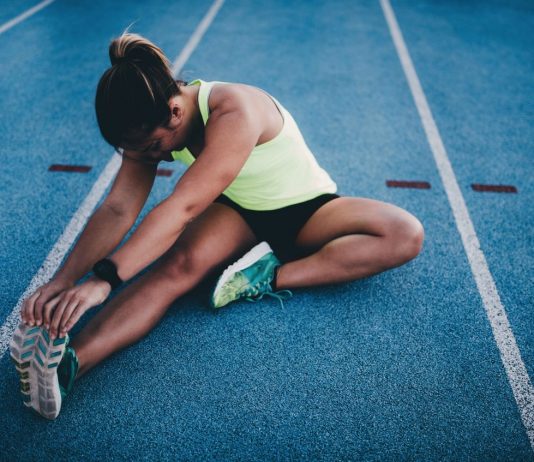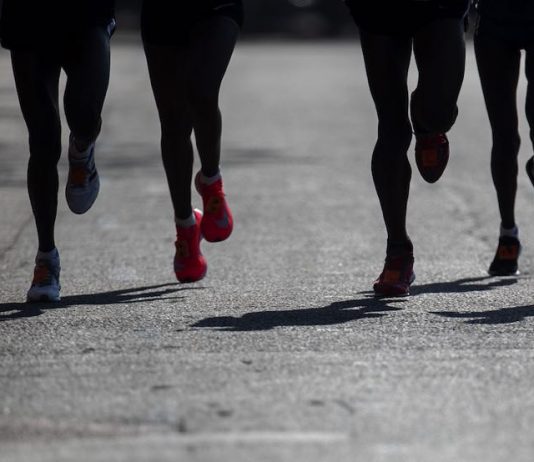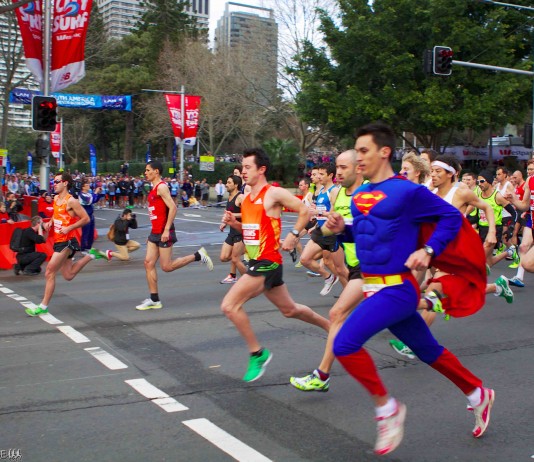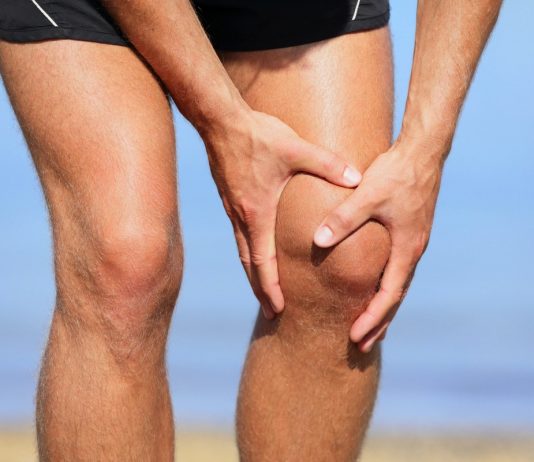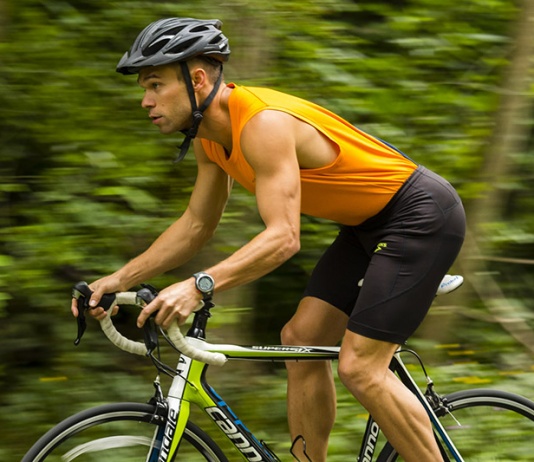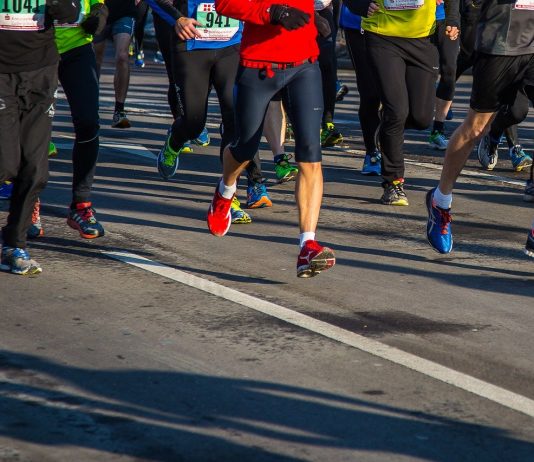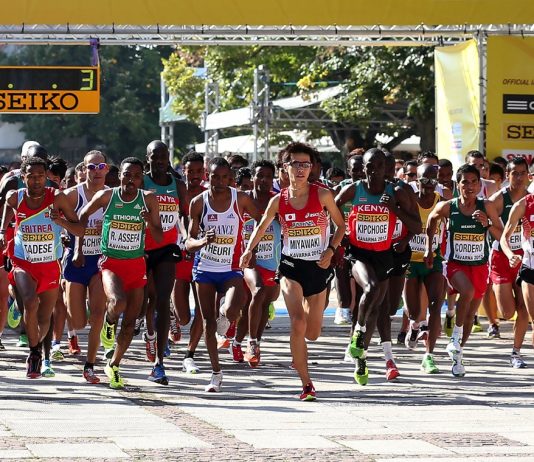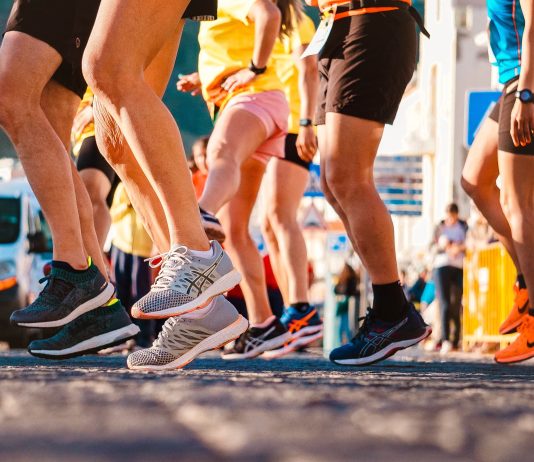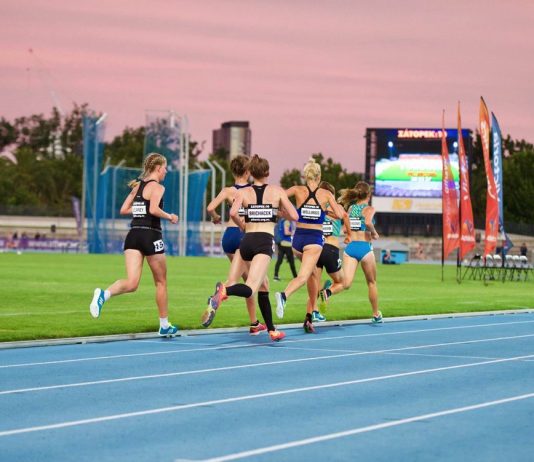Running is a pleasurable and healthy activity. Still, few things can slow a runner down like an unexpected injury. From heel aches to muscle damage, there’s a wealth of problems that any active person may encounter. So, here are some of the most common running ailments and how to...
Are you experiencing ankle pain when you go running? If so, you definitely don’t want to ignore it. The ankle joint, which is actually comprised of three articulating joints, bears much of the physical brunt of your running (along with the feet and knees). The ankle is truly a...
By Tristan Ferris. MD. - Runner's Tribe
Unfortunately, the majority of serious runners suffer a stress fracture at some point in their career, some athletes numerous times.
A classical overuse injury, stress fractures occur when too much stress is put on a weakened bone. It's often the result of too much...
Runner's knee, also known as patellofemoral pain syndrome, is a prevalent condition that affects the articulation between the kneecap and the thigh bone. While it is commonly associated with runners, it can also impact athletes in other sports, such as tennis. The term runner's knee is often used broadly to describe knee pain resulting from various knee issues.
Cross Training is a valuable tool then can aid athlete’s in getting their best performance. It is the action or practice of engaging in multiple sports or training practices in order to improve fitness or performance in one’s main sport (1). Runner’s in particular can often utilise cross-training to provide numerous benefits to their running performance. Let’s go through why cross-training can be a useful additional to one’s training.
Flexibility plays a fundamental role in the running journey, exerting a significant influence on various aspects such as posture, running mechanics, and susceptibility to injuries and pain. These five simple yet effective moves require only a few minutes but have the potential to spare individuals from enduring weeks on the sidelines due to injuries.
Being injured or carrying a bit of pain without any clear path forward can feel incredibly isolating, especially when it’s experienced amidst genuine physical isolation. I’m sure there are people out there pushing themselves pretty hard, but I’m using this as a time to work on some weaknesses that have had me running with my foot slightly on the clutch, rather than full throttle.
I’ve often found that running is the easy part, with strength work the first thing to be let go when I’m tired, but now I see this as my chance to get back on top of things. My physio [Brad Beer] is based on the Gold Coast (about 1,100km away) but the online consults and app with all my exercises have given me some much-needed structure and accountability.
While training for a marathon, getting into trail running or tackling a first 5k, we often hear about the high injury rates and understand that there is a possibility of getting injured. We anticipate typical injuries such as a runner's knee or Achilles tendonitis, but what if our pain doesn't seem to fit any of the common categories? What if the sore spot and tender area don't match any running injuries we've heard about before? Peroneal tendinitis is one such condition, and although it's not as common as other types of tendon pain, it's still frustrating, especially when we can't pinpoint the exact source of the pain.
At some point in their lives, approximately 80 percent of people will experience back pain. Some people, like runners, are highly susceptible to back pain -- in fact, one study showed that more than 50 percent of runners reported having a history of back pain.
Runners can experience back pain...
Low back pain is one of the most common complaints among American adults today -- in fact, doctors estimate it will affect 80 percent of Americans at some point in their lives -- and runners are not exempt.
Whether you’re a devout marathon runner or a weekend jogger, if you...


